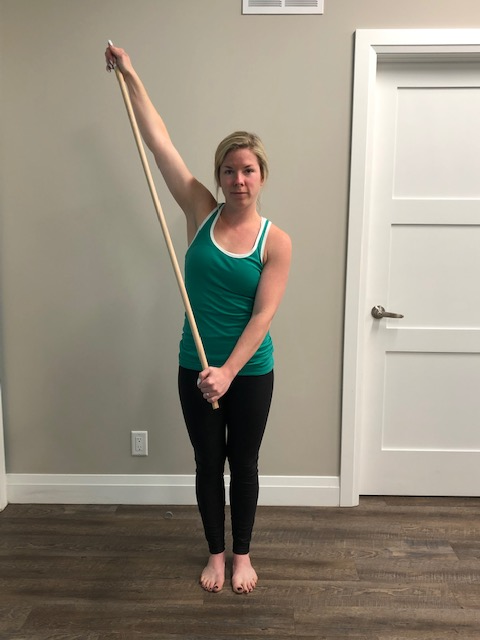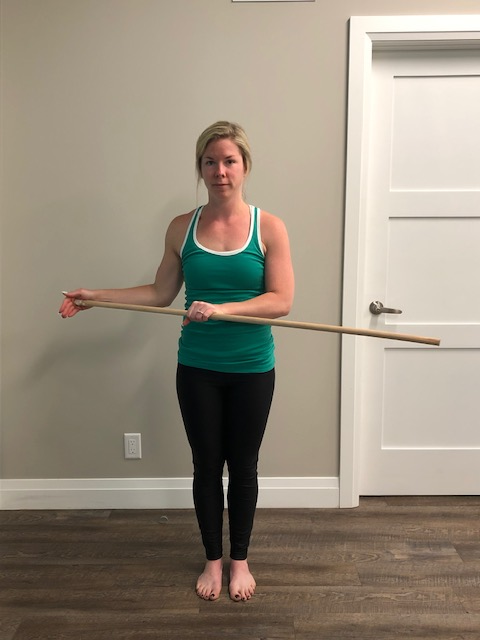How to Treat Frozen Shoulder
/Frozen shoulder is a condition that causes pain and stiffness in the shoulder joint. The shoulder is a ball in socket joint, the round head of the humerus attaches into the glenoid cavity of the scapula. The shoulder is supported by a tissue that holds everything together, called the capsule.
With a frozen shoulder, the capsule becomes thick and tight over time, which results in pain and a decrease in mobility of the shoulder. Frozen shoulders can take anywhere from a year to 3 years to completely resolve.
The exercises below are great for maintaining and/or improving shoulder movement due to mobility restrictions from a frozen shoulder, or other conditions such as post shoulder surgery, calcific tendinopathy and/or rotator cuff tears. These exercises are important for keeping the joint mobile, improving blood flow, integrates sensory and motor function, reduces swelling and pain relief.
These exercises are referred as active assisted range of motion, which means moving your injured shoulder without actively contracting the muscles, by using a stick or your opposite arm. These exercises are to be completed within a pain-free range, which means stopping when you reach the point of pain, and returning back to the starting position. The various movements are - flexion, abduction, and external rotation. These exercises should be performed 2 sets of 10, 2-3x/day.
The last exercise is called a shoulder pendulum. This involves passive range of motion of the shoulder by allowing gravity to pull the shoulder down, relieving tension and pain in the shoulder joint. Place your unaffected arm onto a table or chair, lean forward and allow your injured arm to hang down. Perform small circles 10x clockwise and counter-clockwise, within a pain free range, 2x daily.
If you’re suffering from frozen shoulder, contact us to schedule an appointment with one of our physiotherapists.




